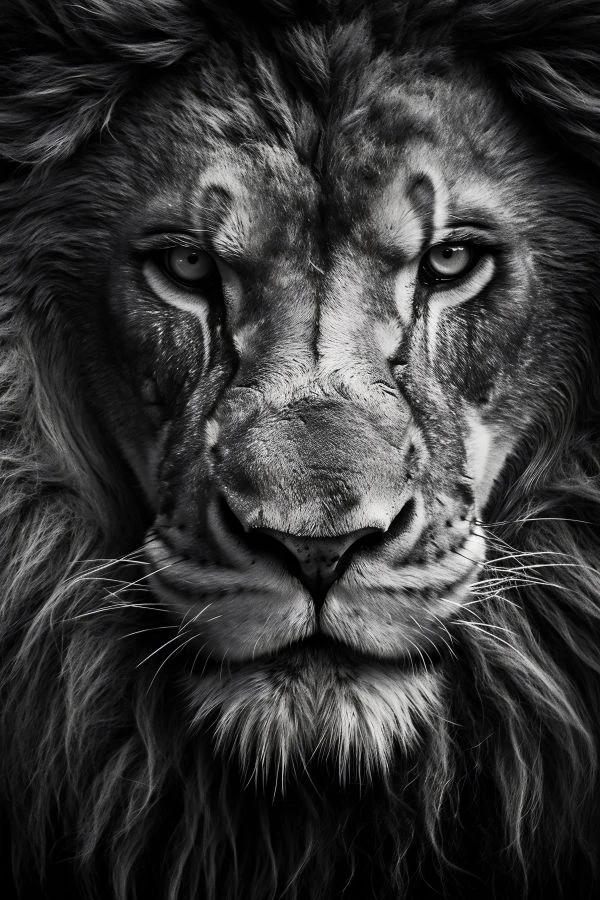Reading through the rich tapestry of American legend stories feels like embarking on a cross-country road trip through the nation's collective imagination. These narratives, passed down through generations, reveal more than just entertaining yarns—they expose the very bones of American identity, fears, and aspirations. From Paul Bunyan's superhuman lumberjacking to the haunting whispers of Sleepy Hollow, each story carries the weight of cultural memory.
Why American Folklore Still Resonates Today
Contemporary readers might wonder why these centuries-old American legend stories continue to captivate. The answer lies in their masterful blending of historical circumstance with universal human themes. Take Johnny Appleseed—beneath the surface of a simple planter spreading apple seeds across the frontier, we find profound commentary on environmental stewardship and peaceful coexistence with Native tribes. The stories serve as cultural touchstones, preserving values that shaped the nation while allowing each generation to reinterpret them through modern lenses.

The Dual Nature of American Heroes
Unlike European fairy tales with clear moral binaries, American legend stories often feature protagonists who embody contradictions. Consider Pecos Bill, simultaneously a lawless cowboy and a force of civilization taming the wild frontier. This complexity mirrors America's own conflicted relationship with concepts like freedom versus order, wilderness versus progress. The tales don't provide easy answers but invite readers to sit with these tensions—a quality that makes them endlessly discussable in book clubs and classrooms alike.

Regional Flavors in the American Storytelling Stew
What struck me most was how distinctly regional these legends remain despite mass media's homogenizing effects. Southern Gothic tales like the Bell Witch haunting carry the humid weight of plantation history, while Pacific Northwest stories of Sasquatch breathe with the mystery of ancient forests. This geographic specificity creates a literary map where setting becomes as crucial as plot—the Louisiana bayous in Br'er Rabbit stories aren't just backdrops but active participants shaping the narrative's rhythm and meaning.

Oral Tradition's Lasting Imprint
Even in written form, these American legend stories retain the fingerprints of oral storytelling. The call-and-response structures, the exaggerated details (a blue ox tall as a skyscraper!), the rhythmic repetitions—all harken back to campfire performances and front-porch recitations. This creates a unique reading experience where one can almost hear the storyteller's voice rising and falling, see the hand gestures accompanying tall tales. It's literature that demands to be read aloud, keeping the communal spirit of the original tellings alive.
Closing the book on these tales left me marveling at how American legend stories function as both time capsules and living organisms. They preserve pioneer struggles, immigrant hopes, and indigenous wisdom while continuously evolving through retellings. Whether analyzed as historical documents or enjoyed as pure entertainment, they remain essential reading for anyone seeking to understand the complex soul of America—one outrageous tall tale and spine-tingling ghost story at a time.


 相关文章
相关文章




 精彩导读
精彩导读




 热门资讯
热门资讯 关注我们
关注我们
